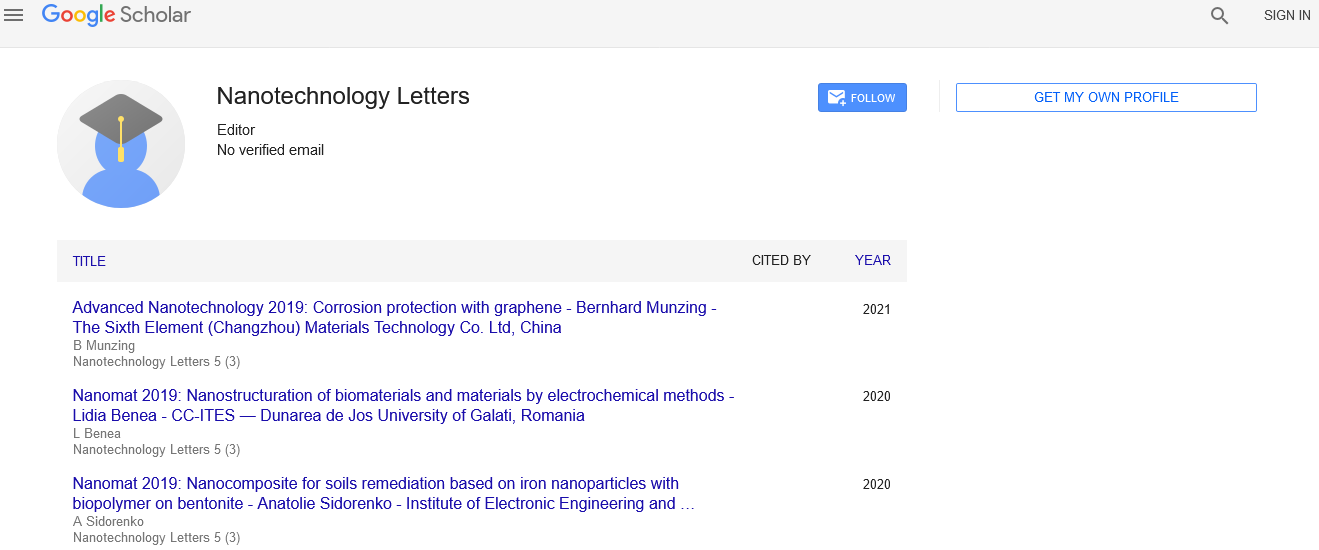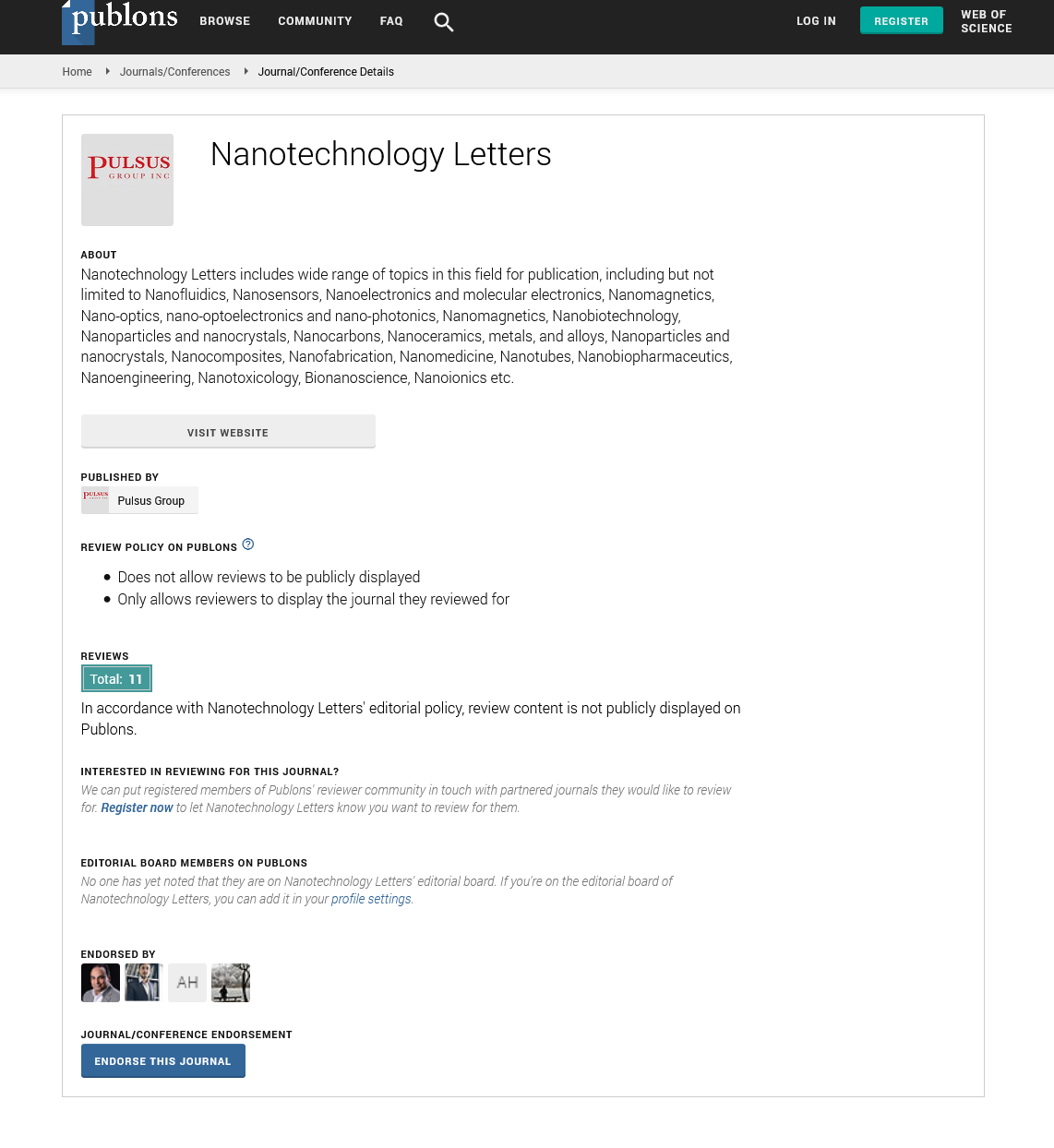Resilience of the reactor pressure vessel steel at fast neutron intensity decreasing
Received: 04-Jan-2022, Manuscript No. pulnl-22-2950; Editor assigned: 07-Jan-2022, Pre QC No. pulnl-22-2950 (PQ); Accepted Date: Jan 27, 2022; Reviewed: 22-Jan-2022 QC No. pulnl-22-2950 (Q); Revised: 25-Jan-2022, Manuscript No. pulnl-22-2950 (R); Published: 28-Jan-2022, DOI: 10.37532. pulnl-22-2950.
Citation: NRC "Kurchatov Institute", Russia
This open-access article is distributed under the terms of the Creative Commons Attribution Non-Commercial License (CC BY-NC) (http://creativecommons.org/licenses/by-nc/4.0/), which permits reuse, distribution and reproduction of the article, provided that the original work is properly cited and the reuse is restricted to noncommercial purposes. For commercial reuse, contact reprints@pulsus.com
Abstract
Statement of the Problem: Influence of neutron irradiation on Reactor Pressure Vessel (RPV) steel degradation are examined with reference to the possible reasons of the substantial experimental data scatter and furthermore – nonstandard (nonmonotonous) and oscillatory embrittlement behavior. In our glance this phenomenon may be explained by presence of the wavelike component in the embrittlement kinetics. We suppose that the main factor affecting steel anomalous embrittlement is fast neutron intensity (dose rate or flux), flux effect manifestation depends on state-of-the-art fluence level. At low fluencies radiation degradation has to exceed normative value, then approaches to normative meaning and finally became sub normative. Data on radiation damage change including through the ex-service RPVs taking into account chemical factor, fast neutron fluence and neutron flux were obtained and analyzed. In our opinion controversy in the estimation on neutron flux on radiation degradation impact may be explained by presence of the wavelike component in the embrittlement kinetics. Therefore flux effect manifestation depends on fluence level. At low fluencies radiation degradation has to exceed normative value, then approaches to normative meaning and finally became sub normative. As a result oscillation arise that in tern lead to enhanced data scatter.Moreover as a hypothesis we suppose that at some stages of irradiation damaged metal have to be partially restored by irradiation i.e. neutron bombardment serve as radiation annealing of radiation embrittlement of the steel.Nascent during irradiation structure undergo occurring once or periodically transformation in a direction both degradation and recovery of the initial properties. According to our opinion at some stage(s) of metal structure degradation neutron bombardment became recovering factor that result in increase the resilience and frontier of the steel.
Biography
Education: Moscow Power Engineering Institute: September 1964 - February 1970. Degree(s) or Diploma(s) obtained: Master’s Degree in Material Science – 1970, Ph.D. – 1974, D.Sc. -2005. Membership of professional bodies: member of Scientific Council of RAS on Radiation Damage Physics of Solids. Years within the firm: since 1974. Key qualification: responsible executor in Radiation Damage Physics of Solids. Professional experience record: since 1974 till now. Moscow, National Research Centre"Kurchatov Institute”, Department: Reactor Materials and Technologies Institute.
REFERENCES
- Krasikov EA, Amajev A. Reactor pressure vessel steel embrittlement under the combined action of neutron field and hydrogen. In19th Eur Conf Fract.: Fract Mech Durab Reliab Saf. (ECF19)2012.
Google Scholar Crossref - Krasikov E. Steel embrittlement under the action of neutrons and hydrogen. In19th Eur Conf Fract.: Fract Mech Durab Reliab Saf. (ECF19)2015
Google Scholar Crossref - Krasikov EA, Nikolaenko VA, Bachuchin IV. Nonmonotonic embrittlement of vessel steel. At Energy. 2015 ;119(1):46-50.
Google Scholar Crossref - Krasikov E. Radiation intensification of the reactor pressure vessels recovery by low temperature heat treatment (wet annealing). InIOP Conf Ser: Mater Sci Eng. 2015;81(1):012002.
Google Scholar Crossref






